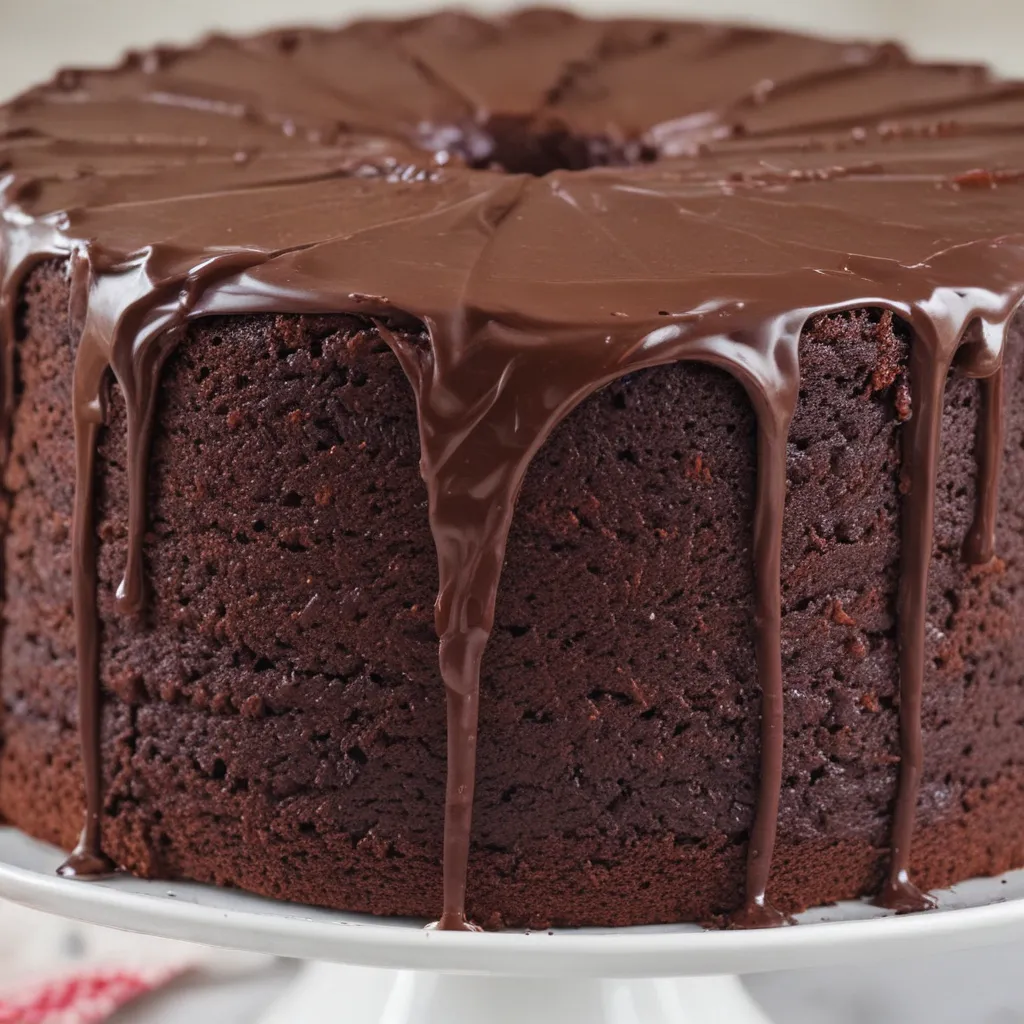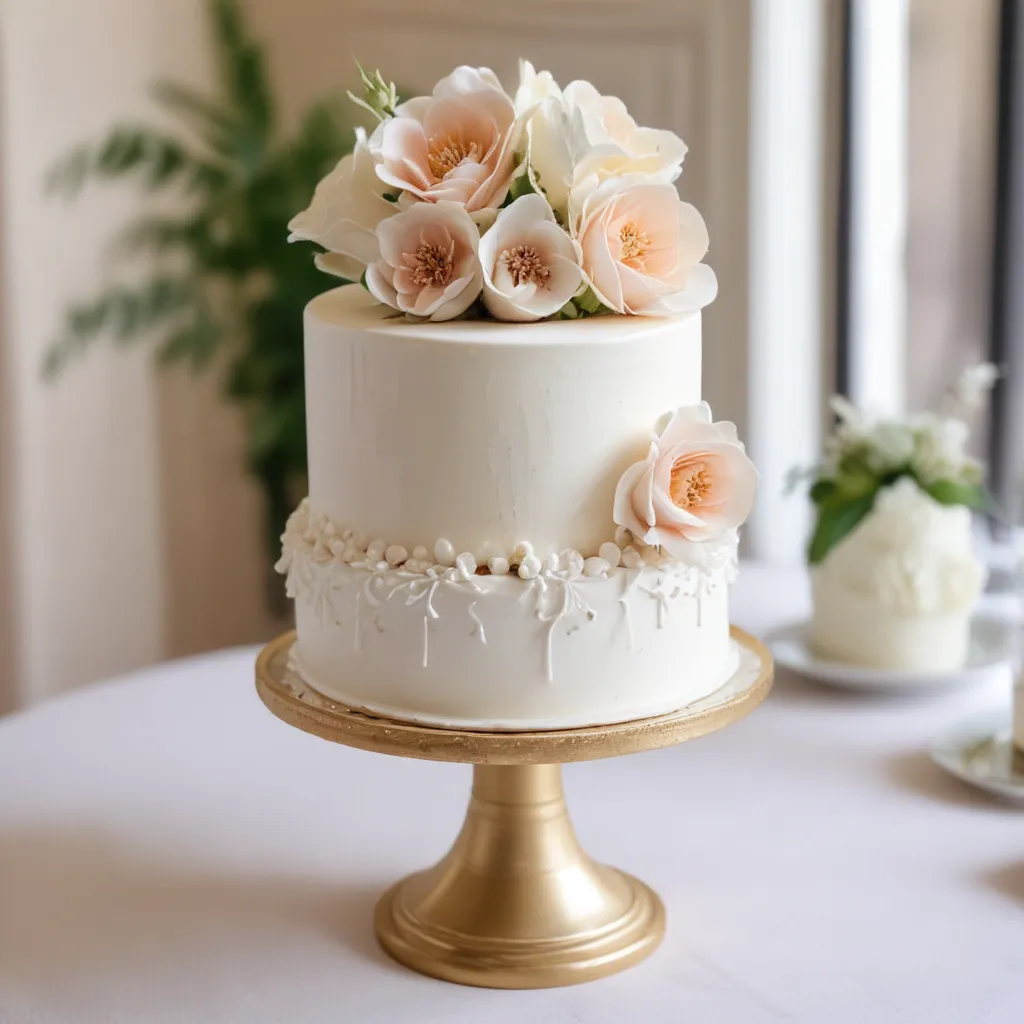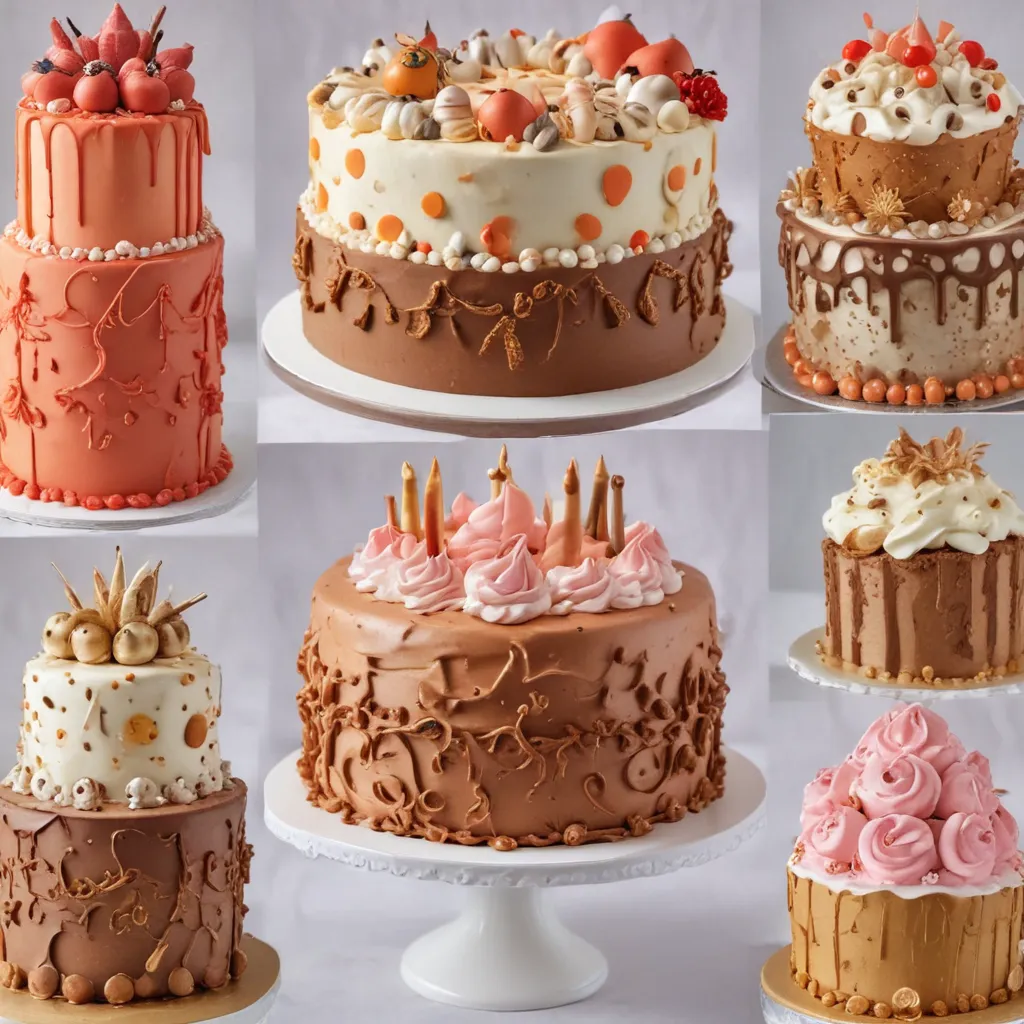Ah, the enduring allure of cakes – those delectable, pillowy confections that have captured the hearts and taste buds of people around the world for centuries. As the proud owner of Jax Cake Shop in San Jose, I’ve had the privilege of bearing witness to the ever-evolving landscape of cake culture. Join me as we embark on a tantalizing journey through time, exploring the rich history and fascinating evolution of this beloved culinary art form.
The Ancient Origins of Cake
Let’s rewind the clock to the very beginnings of cake-making, shall we? While the modern cake as we know it may seem like a relatively recent invention, its roots can be traced back to the ancient civilizations of Egypt, Greece, and Rome. These early cakes were quite different from the decadent, multi-layered creations we enjoy today, but they served a similar purpose – to bring joy, celebration, and a touch of sweetness to special occasions.
In ancient Egypt, for instance, the earliest known cakes were essentially flatbreads made from grains, nuts, and honey. These simple treats were often used in religious ceremonies and as offerings to the gods. Fast forward to ancient Greece, where cakes took on a more elaborate form, with the addition of eggs, flour, and various fruits and nuts. The Greeks even had a special cake called the “galaktoboureko,” a custard-filled pastry that could be considered an early precursor to modern cheesecake.
The Romans, known for their culinary prowess, also had a hand in shaping the evolution of cake. They developed a wide range of cakes, from simple honey cakes to more complex creations featuring layers of sponge cake and fruit. These Roman cakes were often adorned with elaborate decorations, reflecting the opulence and grandeur of the empire.
As these ancient civilizations rose and fell, the knowledge and techniques of cake-making spread to other parts of the world, paving the way for the diverse and innovative cake cultures we enjoy today. It’s fascinating to think that the humble beginnings of cake can be traced back to the kitchens of these long-ago societies.
The Medieval Twist: Cakes Fit for Royalty
Fast forward a few centuries, and we find ourselves in the Middle Ages, a time when cakes took on an even more regal and ceremonial role. During this period, the consumption of cakes was often a privilege reserved for the upper echelons of society – the nobility, the clergy, and the wealthy.
The cakes of the Medieval era were a far cry from their ancient counterparts. They were larger, more ornate, and often infused with exotic spices and ingredients that were considered status symbols. Saffron, for instance, was a prized spice that lent a vibrant golden hue to cakes, while the use of sugar, a rare and costly commodity, was a true mark of affluence.
One of the most iconic medieval cakes was the “bride’s pie,” a towering creation that was a central feature of weddings. These intricate pies were not only delicious but also served as a symbol of the couple’s wealth and social standing. Adorned with elaborate pastry work and filled with a variety of meats, fruits, and spices, the bride’s pie was a true feast for the senses.
But cakes weren’t just for celebrations – they also had a practical purpose. In the days before modern preservation methods, cakes were often used as a way to store and transport food. The dense, rich texture of these cakes allowed them to last for weeks, making them an essential part of the diets of traveling nobles and soldiers.
As the Middle Ages gave way to the Renaissance, the world of cake-making continued to evolve, with new techniques and ingredients being introduced from far-flung corners of the globe. The stage was set for the cake renaissance that was about to unfold.
The Cake Renaissance: Decadence and Innovation
The Renaissance period, with its emphasis on artistic expression and scientific exploration, ushered in a true golden age for the world of cake-making. This era saw a remarkable surge in creativity and innovation, as bakers and confectioners pushed the boundaries of what was possible with this delectable medium.
One of the most significant developments during this time was the introduction of the first tiered cakes. These towering creations, often decorated with intricate piped designs and edible flowers, became a symbol of opulence and sophistication. The ability to construct such elaborate cakes was a true mark of a master baker’s skill and artistry.
Alongside the dramatic rise of tiered cakes, the Renaissance also witnessed the emergence of a diverse range of cake styles and flavors. Bakers began to experiment with a broader array of ingredients, including imported spices, exotic fruits, and even early forms of chocolate. The result was a stunning array of cakes that captivated the senses and delighted the palates of the elite.
One particularly notable cake from this era was the “bride’s cake,” a precursor to the modern wedding cake. These cakes were often adorned with delicate sugar or pastry decorations, and their size and complexity were a testament to the skill and dedication of the bakers who crafted them.
But the cake revolution of the Renaissance was not limited to the upper echelons of society. As the centuries progressed, the art of cake-making gradually became more accessible to the masses, with bakers and confectioners finding innovative ways to create affordable, yet still visually stunning, cakes for the general public.
The Industrial Revolution: Cake Goes Mainstream
The 19th century saw a seismic shift in the world of cake-making, thanks to the profound impact of the Industrial Revolution. This technological and social upheaval transformed the way cakes were produced, distributed, and consumed.
One of the most significant developments during this era was the widespread availability of baking powder and other leavening agents. These innovations allowed bakers to create cakes that were lighter, fluffier, and more consistent in texture – a far cry from the dense, heavy cakes of the past. Suddenly, cake-making became a more accessible and achievable task for home bakers, ushering in a new era of cake experimentation and creativity.
The rise of mass-produced ingredients, such as refined sugar and flour, also played a crucial role in the democratization of cake. These once-rare and expensive commodities became more affordable, allowing bakers to create cakes that were within reach of the average consumer. This, in turn, sparked a surge in cake shops, bakeries, and confectioners, each vying to offer the most enticing and innovative creations.
One particularly notable development during this time was the emergence of the “birthday cake.” As the concept of the birthday celebration became more widespread, the cake took on a new significance, becoming a centerpiece for these joyous occasions. Bakers embraced the opportunity to create customized, personalized cakes that reflected the personalities and interests of their recipients.
The Industrial Revolution also saw the introduction of new cake-decorating techniques, such as buttercream frosting and fondant. These advancements allowed bakers to create cakes that were not only delicious but also visually stunning, with intricate designs, vibrant colors, and eye-catching details.
As the 20th century dawned, the cake industry continued to evolve, with the rise of mass production, pre-packaged mixes, and the widespread availability of refrigeration. These technological advancements paved the way for the modern cake as we know it – a beloved treat that is accessible to people of all backgrounds and social strata.
Cakes in the Modern Era: Endless Possibilities
In the present day, the world of cake-making has reached unprecedented levels of creativity and innovation. The cake, once a relatively simple and straightforward dessert, has now become a canvas for artistic expression, a medium for storytelling, and a reflection of our ever-changing cultural landscape.
One of the most striking developments in modern cake culture is the sheer diversity of styles and flavors. From the classic, towering wedding cakes to the whimsical, Instagram-worthy creations that have taken the world by storm, the cake has become a true reflection of our individual tastes and preferences.
At Jax Cake Shop, we take great pride in embracing this spirit of innovation and creativity. Whether it’s a decadent, chocolate-dipped confection or a vibrant, rainbow-hued masterpiece, we strive to craft cakes that not only delight the palate but also captivate the senses. Our team of skilled bakers and decorators is constantly pushing the boundaries, experimenting with new ingredients, techniques, and design concepts to ensure that every cake we create is a true work of art.
But the magic of modern cake culture extends far beyond the confines of the bakery. Social media has played a crucial role in the proliferation of cake-making as an art form, with platforms like Instagram and TikTok serving as virtual showcases for the incredible creations of talented bakers and cake artists around the world. From the intricate, sculptural cakes that look almost too beautiful to eat to the delightfully quirky and whimsical designs, the cake has become a medium for self-expression and a way to connect with like-minded enthusiasts.
As we look to the future, it’s clear that the cake’s evolution is far from over. With technological advancements, the rise of sustainable and eco-friendly ingredients, and the boundless creativity of bakers and cake artists, the possibilities for the cake are truly endless. Who knows what incredible, awe-inspiring creations the next generation of cake-makers will bring to the table?
So, whether you’re a seasoned cake connoisseur or a newcomer to the world of these delectable delights, I invite you to join me on this delightful journey through the annals of cake history. From the humble beginnings in ancient civilizations to the dazzling, innovative cakes of today, the story of cake is a testament to the human spirit’s insatiable desire to create, to celebrate, and to indulge in the sweetest of pleasures. Now, if you’ll excuse me, I have a few cakes to bake – after all, the art of cake-making waits for no one!





